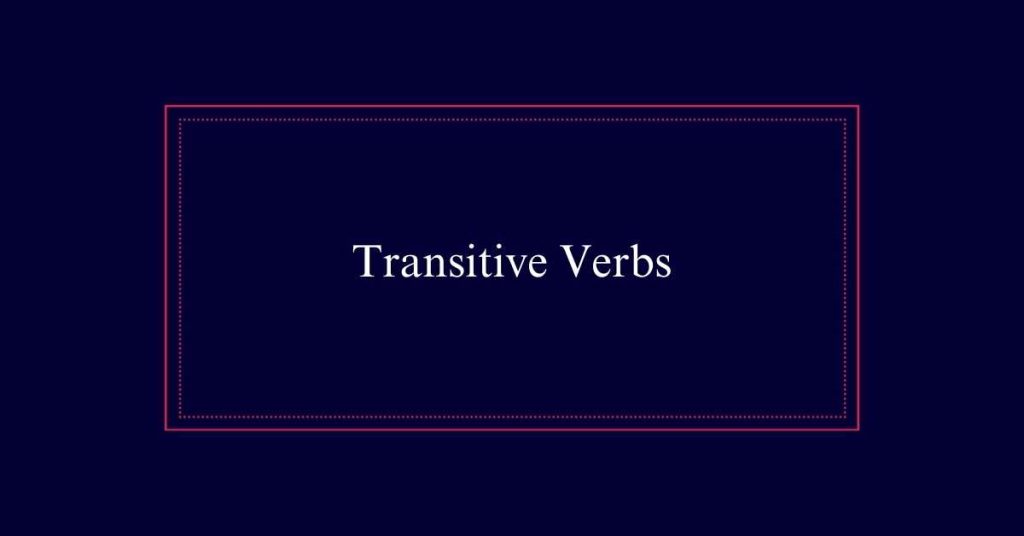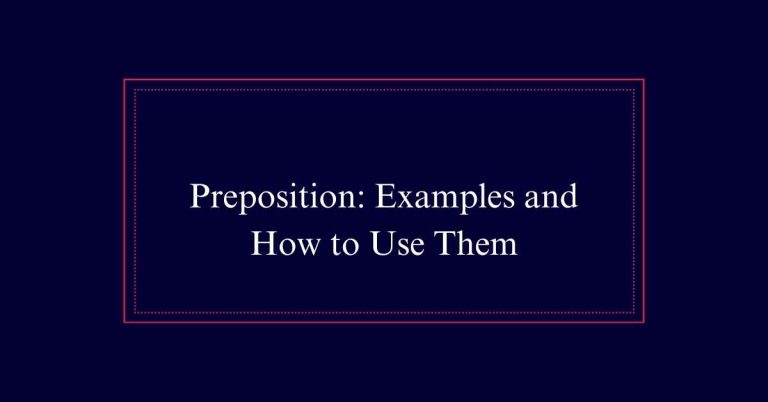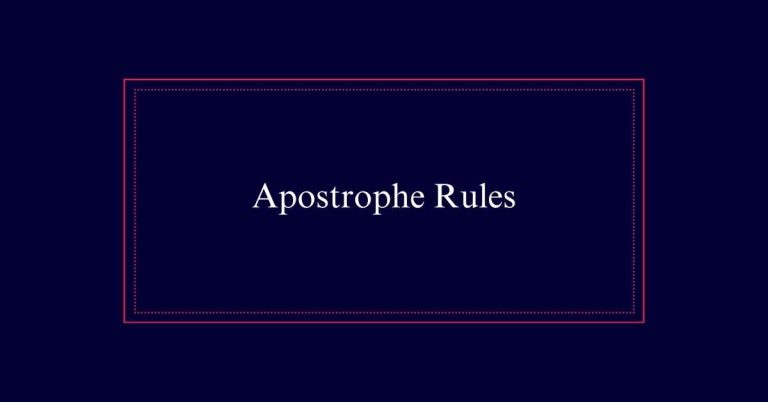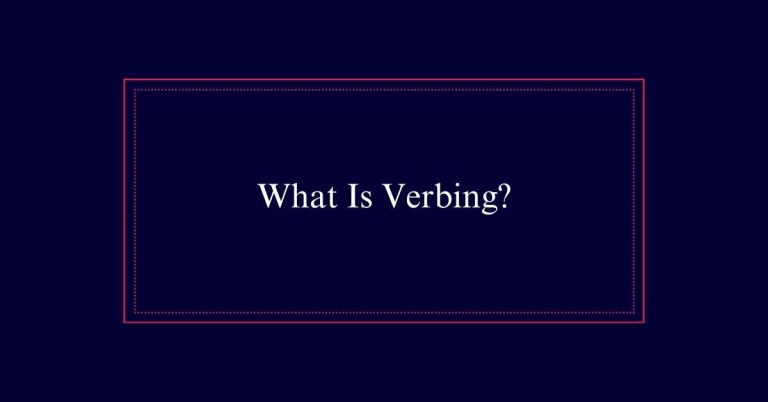Transitive Verbs
A transitive verb requires a direct object to complete its meaning. The subject performs the action, and the object receives it. For instance, in “She writes a letter,” “writes” is the transitive verb, and “a letter” is the direct object.
Without the direct object, the sentence lacks clarity. Transitive verbs are different from intransitive verbs, which do not need a direct object. Examples of transitive verbs include “eat,” “build,” and “find.”
Definition of Transitive Verbs
Essentially, a transitive verb is a type of verb that requires a direct object to complete its meaning. The subject performs the action, while the object receives it.
For example, in the sentence ‘She reads a book,’ ‘reads’ is the transitive verb and ‘a book’ is the direct object. Transitive verbs are essential for conveying clear and complete thoughts.
Without a direct object, the sentence would be incomplete and confusing. To identify a transitive verb, look for an action directed towards something or someone.
Fundamentally, transitive verbs bridge the subject and the object, creating a coherent statement. Examples include ‘eat,’ ‘write,’ and ‘build,’ which all need direct objects to make sense.
Transitive Vs. Intransitive Verbs
Understanding the distinction between transitive and intransitive verbs is essential for constructing clear sentences.
Transitive verbs require a direct object to complete their meaning. For example, in ‘She reads a book,’ ‘book’ is the direct object. Without it, the sentence would be incomplete.
In contrast, intransitive verbs do not need a direct object. They can stand alone and still make sense. For instance, ‘He sleeps’ is complete as it is. The verb ‘sleeps’ does not need an object to convey a full idea.
Role of Direct Objects
Direct objects are essential in sentences with transitive verbs as they receive the action performed by the subject. The direct object completes the meaning of the verb and provides clarity. Without a direct object, the sentence may feel incomplete or ambiguous.
Here are key roles that direct objects play:
- Clarification: Direct objects specify what or whom the action affects.
- Completeness: They guarantee the sentence conveys a complete thought.
- Focus: Direct objects highlight the main element receiving the action.
- Structure: They help maintain a clear subject-verb-object arrangement.
For example, in the sentence ‘She reads a book,’ ‘a book’ is the direct object, receiving the action of reading.
Understanding Ditransitive Verbs
In addition to direct objects, some verbs require both direct and indirect objects to complete their meaning. These verbs are known as ditransitive verbs. Ditransitive verbs involve a subject performing an action on a direct object and giving that object to an indirect object.

For example, in the sentence ‘She gave him a gift,’ ‘gave’ is the ditransitive verb, ‘a gift’ is the direct object, and ‘him’ is the indirect object. The indirect object usually comes before the direct object in the sentence. Ditransitive verbs add complexity and depth to sentences by involving two recipients of the action. Common examples include ‘give,’ ‘send,’ and ‘show.’
Identifying Direct Objects
Recognizing the direct object in a sentence is essential for identifying transitive verbs. The direct object is the recipient of the action.
To identify it, follow these steps:
- Locate the verb: Identify the action verb in the sentence.
- Ask ‘what?’ or ‘whom?’: After finding the verb, ask ‘what?’ or ‘whom?’ to find what the action affects.
- Check for completeness: Make sure that the sentence is not complete without the direct object.
- Rephrase: Try rephrasing the sentence in passive voice. If it makes sense, you likely have a direct object.
Ambitransitive Verbs Explained
While identifying direct objects helps in recognizing transitive verbs, some verbs can function both transitively and intransitively; these are known as ambitransitive verbs. Ambitransitive verbs are versatile in their usage.
For instance, the verb ‘eat’ can be used transitively, as in ‘She eats an apple,’ where ‘an apple’ is the direct object. It can also be used intransitively, as in ‘She eats,’ where no direct object is present. This dual functionality allows ambitransitive verbs to adapt to different sentence structures.
Other examples include ‘read,’ ‘write,’ and ‘sing.’ Understanding ambitransitive verbs enriches one’s grasp of sentence construction and verb classification, making it easier to form both simple and complex sentences.
Passive Voice Rephrasing
Passive voice rephrasing can help identify whether a verb is transitive or intransitive by highlighting the presence or absence of a direct object. In a passive sentence, the object of the active sentence becomes the subject.
If the rephrasing makes sense, the verb is transitive. Consider the following steps:
- Identify the verb: Locate the action word in the sentence.
- Find the direct object: Determine if there is a noun receiving the action.
- Rephrase in passive voice: Convert the sentence so the direct object becomes the subject.
- Check for clarity: Ensure the new sentence is clear and makes sense.
Examples of Transitive Usage
A transitive verb requires a direct object to complete its meaning. For instance, in the sentence ‘She reads books,’ the verb ‘reads’ is transitive, and ‘books’ is the direct object.
Another example is ‘They built a house.’ Here, ‘built’ is the transitive verb, and ‘house’ is the direct object.
In ‘He loves music,’ ‘loves’ acts as a transitive verb, with ‘music’ as its direct object.
Transitive verbs are often used to express an action that affects something or someone. For instance, ‘The artist painted a portrait’ shows ‘painted’ as the transitive verb and ‘portrait’ as the direct object.
Examples of Intransitive Usage
How do intransitive verbs function without a direct object?
Intransitive verbs complete their meaning independently. They do not require a direct object to make sense.
Here are examples of intransitive usage:
- Run: ‘She runs every morning.’ The verb ‘runs’ does not need a direct object.
- Sleep: ‘He sleeps soundly.’ The verb ‘sleeps’ stands alone.
- Laugh: ‘They laughed loudly.’ The verb ‘laughed’ conveys complete action without an object.
- Arrive: ‘The train arrived on time.’ The verb ‘arrived’ is complete in itself.
Differences From Intransitive Verbs
Transitive verbs differ from intransitive verbs by requiring a direct object to complete their meaning. A transitive verb transfers the action from the subject to the object.
For instance, in ‘She reads a book,’ ‘reads’ is a transitive verb, and ‘a book’ is the direct object.
In contrast, intransitive verbs do not need a direct object. They can stand alone and still make sense. For example, in ‘He sleeps,’ ‘sleeps’ is an intransitive verb with no direct object.






